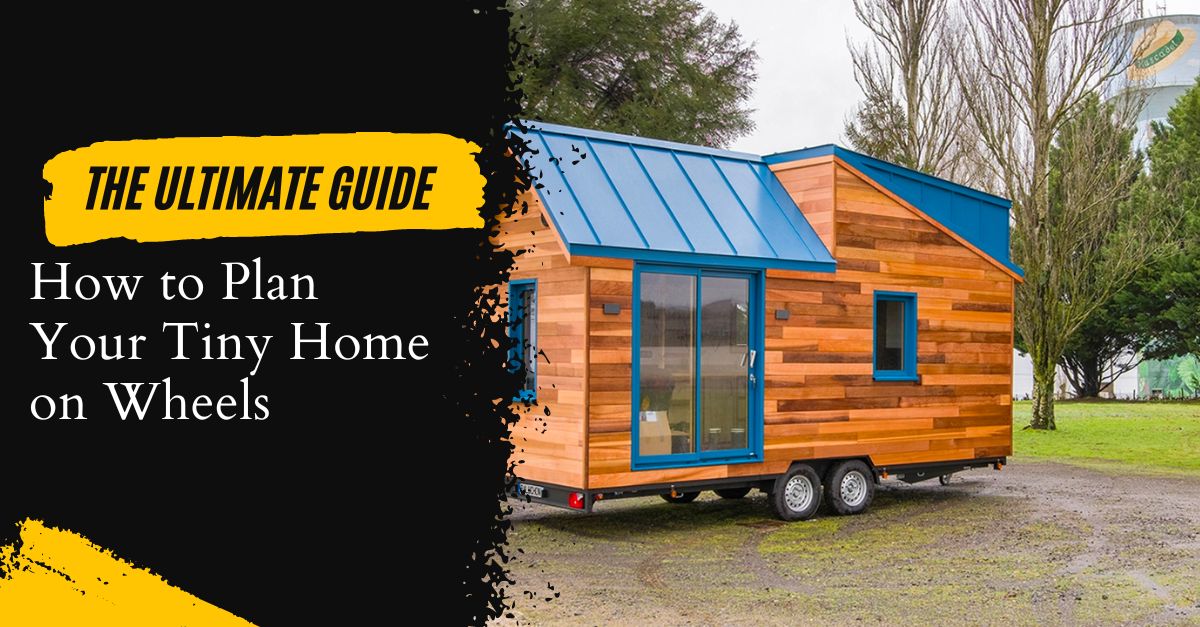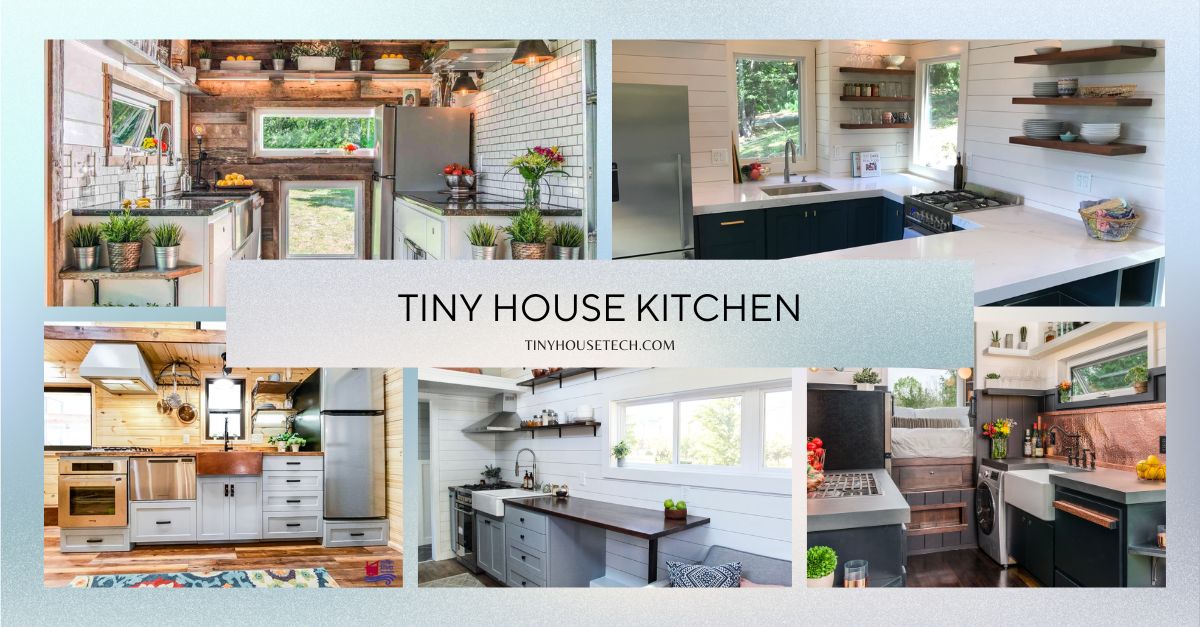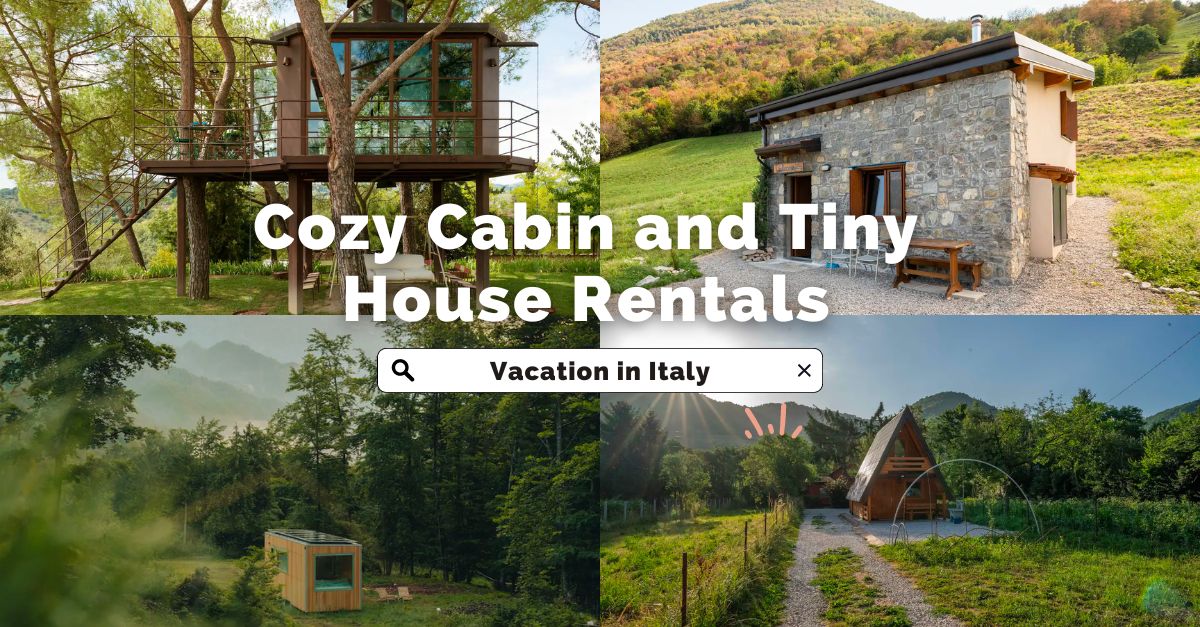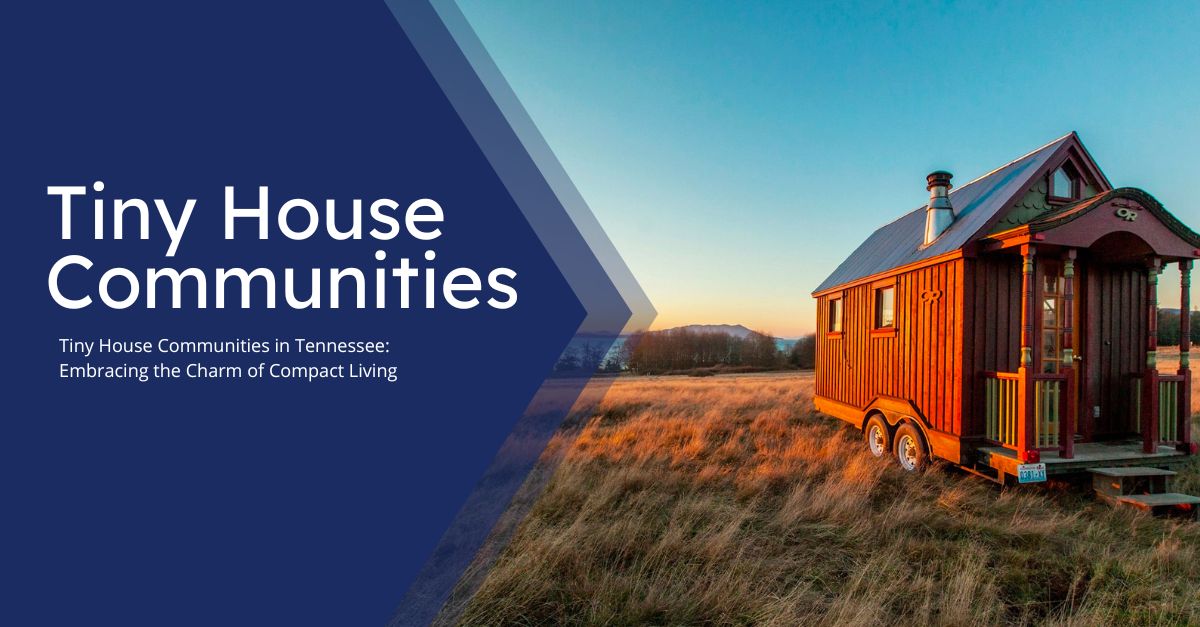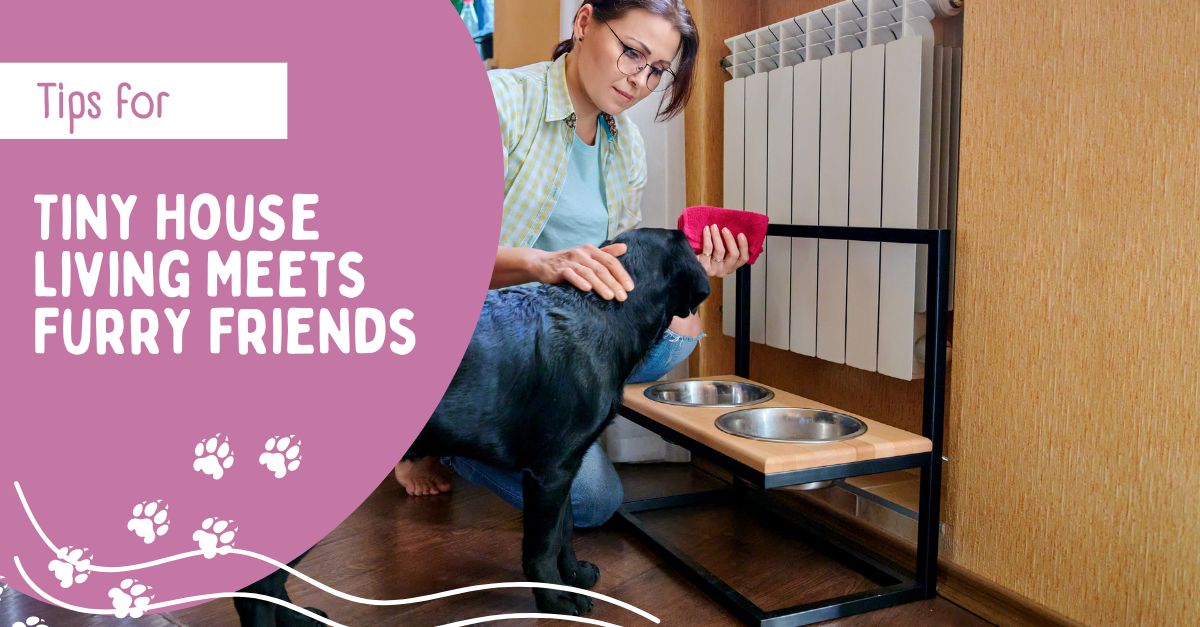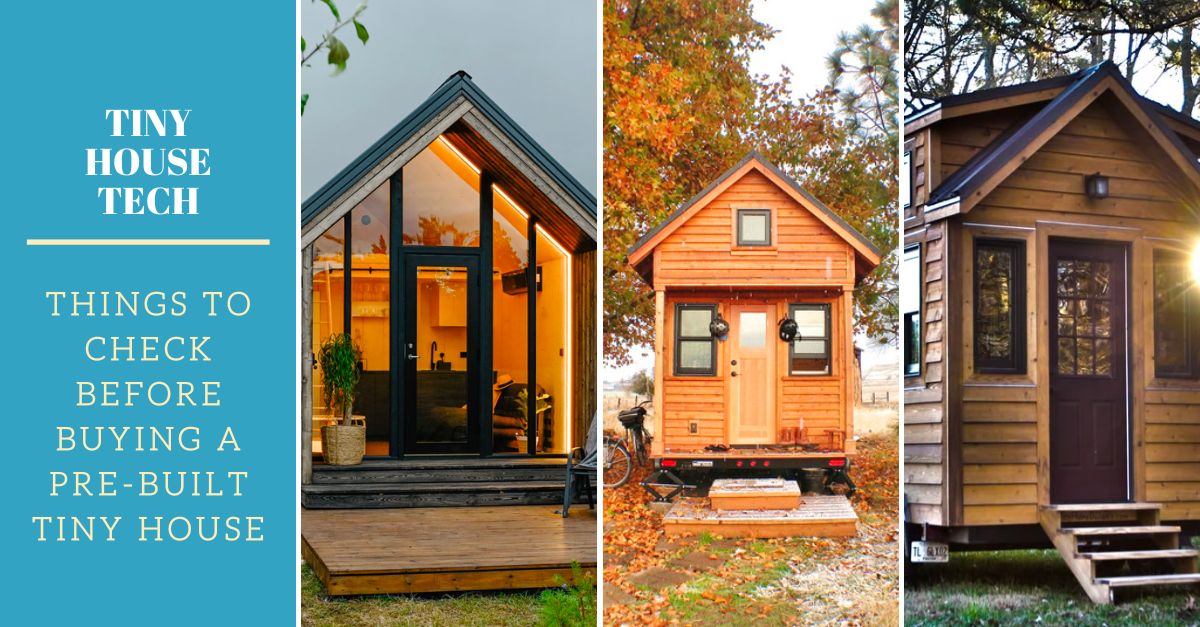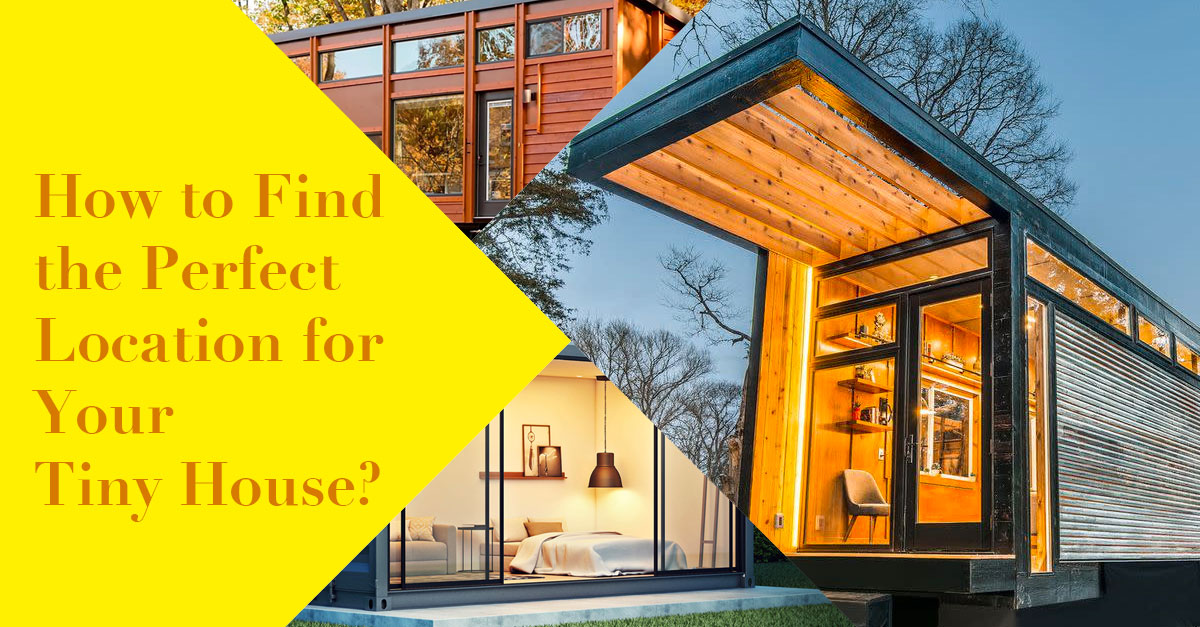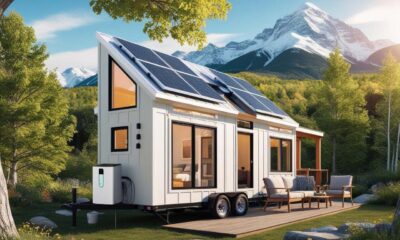House on Wheel
Step-by-Step: Building Your Dream Tiny Home on Wheels
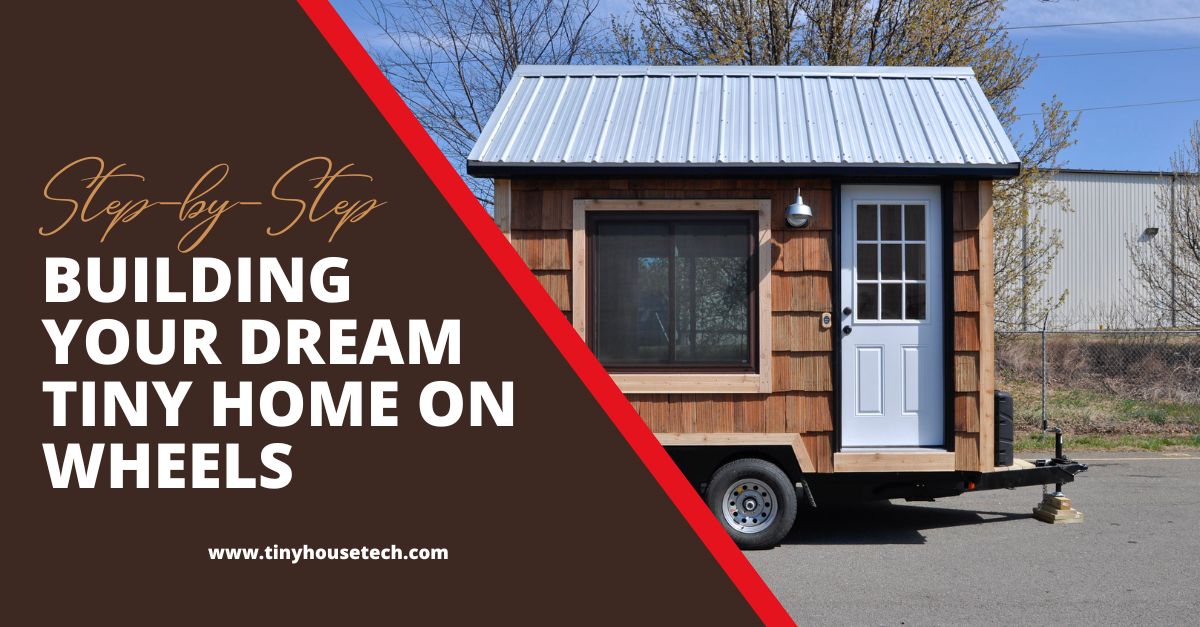
Building your dream tiny home on wheels can be an exciting and fulfilling project. It offers the freedom to have a home on the move, allowing you to explore new places while enjoying the comforts of your own space. To help you navigate through the process, we have prepared a step-by-step guide that covers everything from initial planning to the finishing touches. Let’s get started!
1. Assessing Your Needs and Goals
Before you start building your tiny home on wheels, it’s essential to assess your needs and goals. Determine how many people will be living in the tiny home and what specific features and amenities you require. Consider factors such as the size of the sleeping area, kitchen facilities, bathroom necessities, and storage requirements. This assessment will serve as a foundation for the design and layout of your tiny home.
2. Setting a Budget
Setting a budget is crucial to ensure that your project stays on track financially. Consider all the expenses involved in building your tiny home, including materials, tools, professional services, and any permits or licenses required. Research the costs of trailers, building materials, appliances, and fixtures to estimate the overall budget accurately. Allow for a contingency fund to cover unexpected expenses that may arise during the construction process.
3. Choosing the Right Trailer
The trailer is the foundation of your tiny home on wheels, so choosing the right one is vital. Consider factors such as size, weight capacity, and towing capabilities. Ensure that the trailer meets road regulations and is structurally sound. It’s advisable to consult with professionals who specialize in tiny home trailers to ensure you select a trailer that is appropriate for your specific needs.
4. Designing the Layout
Designing the layout of your tiny home on wheels requires careful consideration of space utilization and functionality. Start by creating a floor plan that includes the main living areas, such as the kitchen, bathroom, sleeping quarters, and living space. Optimize space by using multi-functional furniture, built-in storage, and collapsible elements. Keep in mind that efficient use of space is crucial in a tiny home.
5. Selecting Materials and Appliances
Choosing the right materials and appliances is essential for both aesthetics and functionality. Opt for lightweight and durable materials that are suitable for mobile structures. Consider energy-efficient appliances to minimize power consumption. Research eco-friendly options, such as recycled materials or sustainable alternatives, to reduce your environmental impact. Select materials and appliances that align with your design preferences and budget.
6. Maximizing Storage Space
Storage is a critical aspect of any tiny home on wheels. Think creatively to maximize storage space in every corner of your tiny home. Utilize vertical storage solutions, such as shelves and cabinets, and consider incorporating hidden storage compartments beneath furniture or stairs. Use innovative storage solutions, such as hanging organizers, magnetic racks, and foldable items, to make the most of limited space.
7. Ensuring Safety and Comfort
Safety and comfort should be top priorities when building your tiny home on wheels. Install smoke and carbon monoxide detectors, fire extinguishers, and proper ventilation systems to ensure a safe living environment. Incorporate insulation and weatherproofing to regulate temperature and protect against the elements. Invest in high-quality bedding, seating, and ergonomic furniture to enhance comfort during your travels.
8. Incorporating Energy-Efficient Solutions
To minimize your environmental impact and reduce utility costs, incorporate energy-efficient solutions in your tiny home on wheels. Consider installing solar panels to generate electricity, LED lighting to save energy, and efficient insulation to retain heat or coolness. Explore options for water-saving fixtures, such as low-flow faucets and showerheads, as well as composting toilets to reduce water consumption.
9. Plumbing and Electrical Considerations
Proper planning of plumbing and electrical systems is crucial for the functionality and convenience of your tiny home. Consult professionals to ensure compliance with local codes and regulations. Design a plumbing system that includes fresh water supply, wastewater management, and potentially a greywater recycling system. For electrical considerations, determine your power source, wiring needs, and distribution of outlets and switches throughout your tiny home.
10. Interior Decoration and Personalization
Add your personal touch to the interior of your tiny home on wheels by selecting appropriate decor and finishes. Choose a color scheme that reflects your style and creates a welcoming atmosphere. Opt for space-saving furniture and accessories that serve multiple purposes. Utilize wall space for decorative elements or functional storage. Incorporate items that bring joy and reflect your personality to make your tiny home truly feel like home.
11. Legal and Zoning Regulations
Before you begin building your tiny home on wheels, familiarize yourself with the legal and zoning regulations in your area. Different regions have varying rules regarding tiny homes, including size restrictions, parking regulations, and permits. Ensure that your project complies with all applicable laws and regulations to avoid any legal issues in the future.
12. Maintenance and Upkeep
Regular maintenance and upkeep are essential to ensure the longevity and safety of your tiny home on wheels. Develop a maintenance schedule that includes tasks such as cleaning, inspection of electrical and plumbing systems, and routine repairs. Pay attention to any signs of wear and tear, and address them promptly to prevent further damage. Regularly check the condition of your trailer, tires, and hitch for safe transportation.
13. Pros and Cons of Tiny Homes on Wheels
Like any housing option, tiny homes on wheels have their advantages and disadvantages. Evaluate the pros, such as mobility, flexibility, and potentially lower costs. Consider the cons, such as limited space, potential parking challenges, and stricter regulations. Understanding both the benefits and challenges will help you make an informed decision and set realistic expectations for your tiny home journey.Building your dream tiny home on wheels requires careful planning, attention to detail, and creativity. By following the step-by-step guide outlined above, you can navigate through the process with confidence and create a personalized space that suits your needs and lifestyle. Enjoy the freedom and adventure that comes with living in a tiny home on wheels and embrace the simplicity and joy of a nomadic lifestyle.
How long does it take to build a tiny home on wheels?
The time required to build a tiny home on wheels varies depending on factors such as size, complexity, and available resources. It can take anywhere from a few months to over a year to complete the construction process. Planning, budgeting, and scheduling will help ensure a smooth and timely project.
Can I finance the construction of my tiny home on wheels?
Obtaining financing for a tiny home on wheels can be challenging since it is a non-traditional housing option. However, some financial institutions offer loans specifically for tiny homes or personal loans that can be used for construction purposes. Research different financing options and consult with lenders specializing in alternative housing.
Can I live in a tiny home on wheels full-time?
Living in a tiny home on wheels full-time is possible, but it’s important to consider local regulations and zoning restrictions. Some areas have limitations on full-time residency in tiny homes, while others may require specific permits or parking arrangements. Research the laws in your desired location to ensure compliance with residency regulations.
Do I need a special driver’s license to tow a tiny home on wheels?
The requirements for towing a tiny home on wheels vary depending on the weight and size of the trailer. In many cases, a regular driver’s license is sufficient as long as the total weight of the towing vehicle and the tiny home on wheels is within the legal limits. However, it’s advisable to check your local regulations and consult with transportation authorities to ensure compliance.
Can I make changes or additions to my tiny home on wheels after it is completed?
Yes, you can make changes or additions to your tiny home on wheels after it is completed. However, it’s important to consider the structural integrity, weight distribution, and overall design when making modifications. Consult professionals or experienced builders for guidance to ensure that any changes are done safely and maintain the functionality of your tiny home.
Latest Post
June 12, 2023
The Ultimate Guide: How to Plan Your Tiny Home on Wheels
Welcome to the ultimate guide on how to plan your tiny home on wheels! Building a tiny…
June 7, 2023
Discover the Charming Bristol Tiny House Community: Embrace Sustainable Living in Southwest England
Welcome to the picturesque city of Bristol, nestled in the heart of Southwest England. Known for its…
June 5, 2023
Tiny House Kitchen: Designing for Efficiency and Style
Tiny houses have gained significant popularity in recent years, offering an alternative way of living that embraces…
June 2, 2023
Cozy Cabin and Tiny House Rentals for Your Vacation in Italy
When planning your vacation in Italy, why settle for ordinary accommodations when you can stay in a…
June 1, 2023
Tiny House Communities in Tennessee: Embracing the Charm of Compact Living
Tiny house communities in Tennessee are like tightly-knit villages nestled within the picturesque landscape, where small homes…
May 31, 2023
Tiny House Living Meets Furry Friends: Pet-Friendly Tips for Tiny House Living
Are you a pet lover embracing the world of tiny house living? Wondering if your furry friends…
May 30, 2023
Things to Check Before Buying a Pre-Built Tiny House
Buying a pre-built tiny house is like embarking on a thrilling adventure. But just like any journey,…
May 29, 2023
How to Find the Perfect Location for Your Tiny House?
Finding the perfect location for your tiny house is a crucial step in realizing your dreams of…
Previous
Next
Loading…

